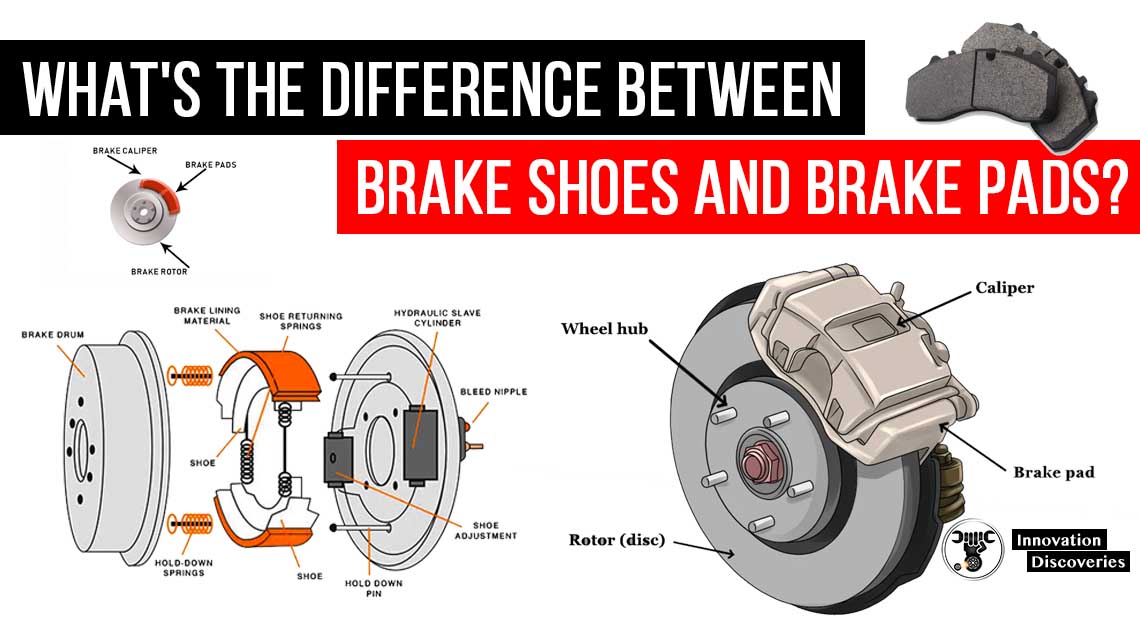
First of all, are brake shoes and brake pads the same?
The short answer is no. While they both carry out a similar function, they operate in different braking systems and have distinct advantages (and disadvantages).
Download: BRAKES, BRAKE CONTROL AND DRIVER ASSISTANCE SYSTEMS: FUNCTION, REGULATION AND COMPONENTS
What are brake pads?

Found in disc brake systems, brake pads are a flat piece of steel with a thick friction material layer on one side.
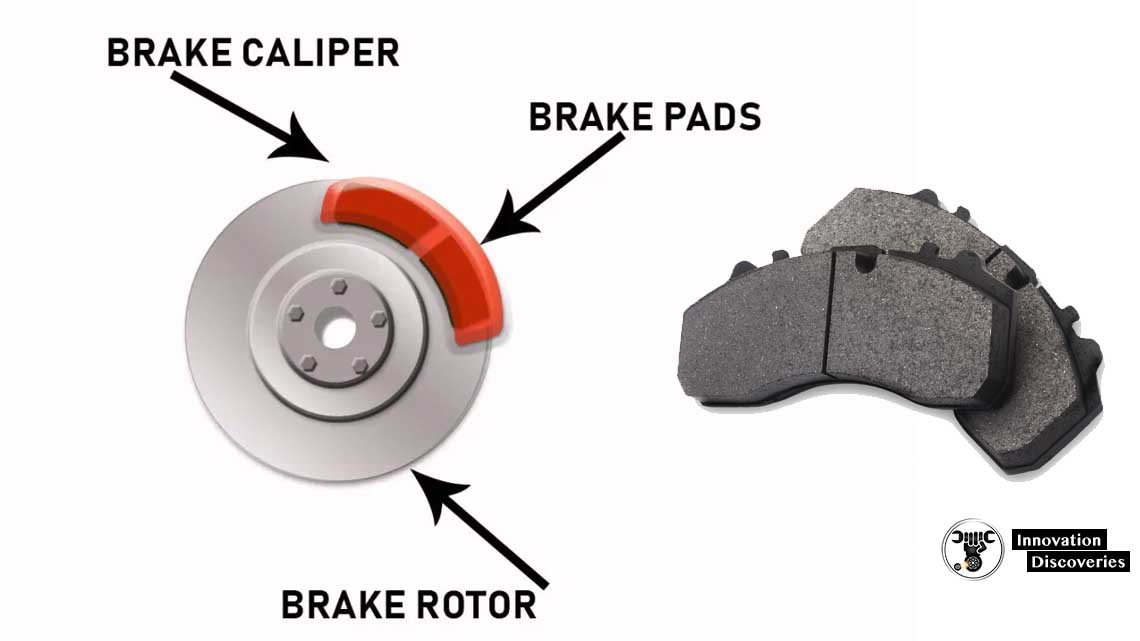
This type of friction material varies depending on the vehicle’s type and scale and the type of brake calliper.
The driver operates the disc brake system by pushing his foot down on the brake pedal.
That pushes against the master cylinder, which is basically a piston surrounded by brake fluid.
The fluid moves down the brake lines, forcing the calliper to squeeze a pair of brake pads against a brake disc.
That, in turn, slows the wheel down. The energy released from stopping your car’s motion is converted into waste heat, which has to be dispersed.
As the disc has a relatively quick cooling time, this brake type offers a better stopping performance than drum brakes.
The friction material layer becomes thinner over time, resulting from usage and eventually, the brake pads need to be replaced.
Also, Read:
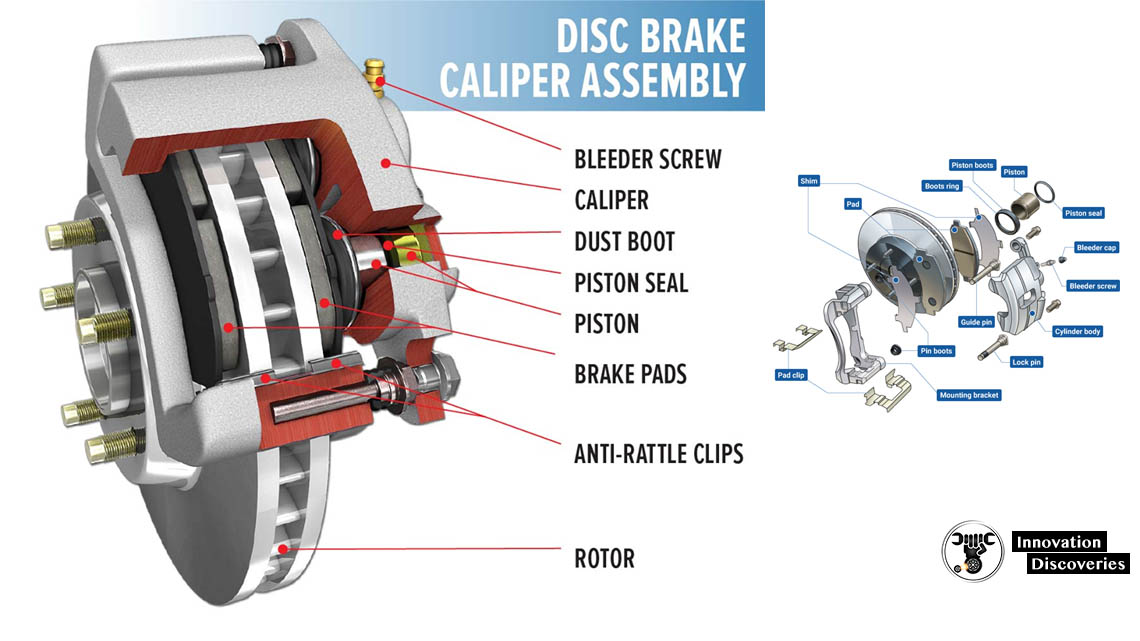
What are brake shoes?
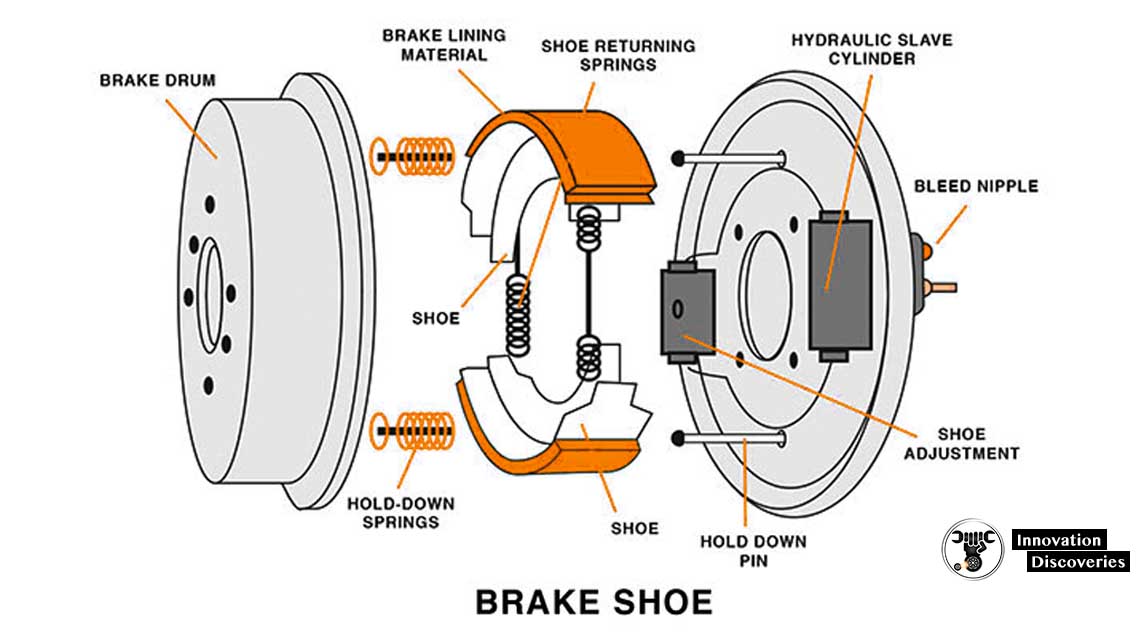
Brake shoes carry the brake lining inside brake drum systems.
They are a curved piece of metal, with a friction material fixed to one side.
When the driver applies the brake, a wheel cylinder in the drum brake system forces the brake shoe outward, against the inside of the drum.
This creates friction between the lining and drum, causing the car to brake.
The kinetic energy is dissipated as heat.
Brake shoes are often used for the rear axle, especially as most modern cars brake more sharply on their front wheels, so the temperatures the rear brakes need to handle aren’t so high.
As well as being less expensive to manufacture, drum brake systems can be more effective as a parking brake than disc brakes.
Read More:
What are the differences between brake pads and brake shoes?
The main differences between brake pads and brake shoes are:
Positioning
- Brake pads and brake shoes are positioned differently in their braking system.
- Brake pads are placed inside a calliper which surrounds the brake disc and brake shoes are placed inside the brake drum.
Wear
- Brake shoes typically last much longer than brake pads.
- Usually, they are positioned on the rear axle and undertake a much lower proportion of the braking work.
Do I need brake pads or brake shoes?
While you can’t mix and match on the same wheel – for example using brake shoes with disc brakes or brake pads with drum brakes – it is possible to have brake pads and shoes on the same car.
Many cars use a combination of the two, often smaller vehicles, with drum brake systems fitted on the rear axle and disc brake systems provided on the front axle.
Also, read: DIFFERENCE BETWEEN DRUM BRAKE AND DISC BRAKE
Also, read: The Importance of Measuring Brake Pad Thickness
More About Braking Systems
- Top 5 Causes of Steering Wheel Shakes at Low and High Speeds
- HOW HYDRAULIC BRAKE WORKS?
- AIR BRAKE SYSTEM: COMPONENTS, WORKING PRINCIPLE, AND APPLICATIONS
- HOW DOES REGENERATIVE BRAKING WORK?
- 8 REASONS YOUR CAR IS MAKING GRINDING NOISE WHEN BRAKING
- Regenerative Braking System
- JAKE BRAKE VS. EXHAUST BRAKE: WHICH IS BETTER?
- SQUEALING BRAKES AT LOW SPEED: CAUSES AND SOLUTIONS
- TROUBLESHOOTING A HARD BRAKE PEDAL
- CONVERT DRUM BRAKES TO DISC BRAKES IN 3 STEPS!
- CAUSES OF THE BRAKE WARNING LIGHT COMING ON


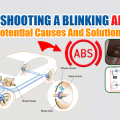

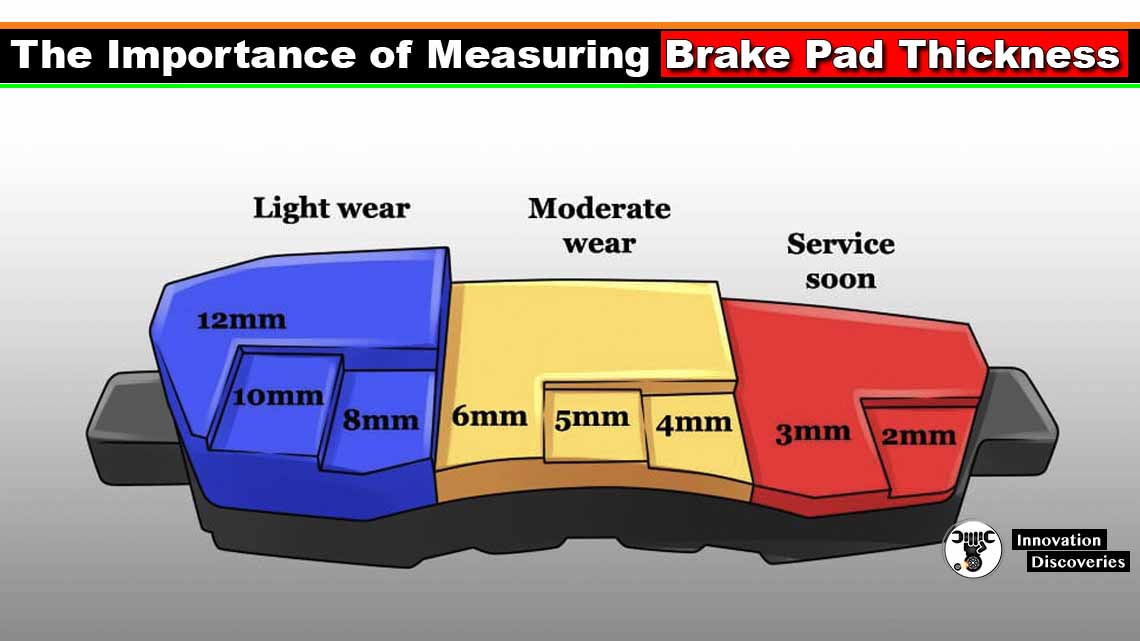

4 Comments